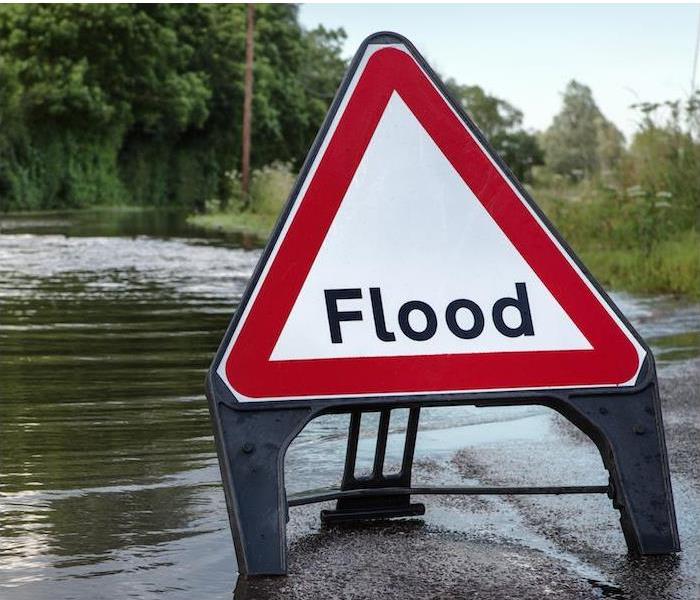The 4 Main Causes of 3 Types of Flooding | SERVPRO® Gillette, Sheridan.
4/5/2022 (Permalink)
 Regardless of the cause of the flooding, SERVPRO of Gillette, Sheridan has the team to help you recover from any disastrous event.
Regardless of the cause of the flooding, SERVPRO of Gillette, Sheridan has the team to help you recover from any disastrous event.
As the most common and the most deadly type of natural disaster, flooding is an extremely important thing to be aware of. In the United States, it causes more deaths than any other disaster, including hurricanes and tornadoes, and leaves a large amount of damage behind where it occurs.
Flooding can occur nearly anywhere throughout the world, but the majority of floods have similar causes and fall into similar categories. Today we will look at the three main categories of floods, as well as their four typical causes.
Natural Flooding Has 3 Main Types
Flash floods are rather common and rather dangerous. As the name implies, they come about suddenly, which leads to the ground’s drainage capabilities becoming overwhelmed. Floodwaters in flash floods are rather dangerous, and are strong enough to carry away cars and people.
River floods happen around rivers, as you may have guessed. When a river’s banks are no longer able to contain the water of the river, flooding can occur in nearby areas.
Coastal floods occur when storms or cyclonic activities leads to a rise in the water levels of an ocean or gulf, which results in flooding in the nearby area.
Natural Flooding Has 4 Main Causes
Heavy rainfall. When a large storm system moves through an area and brings heavy rainfall along with it, it can cause flash flooding or river flooding to occur. This is more prevalent in developed areas with a lot of asphalt down, as this impedes the ground’s ability to absorb a large volume of water, especially in a short time.
Oceanic activity. Rising tides, storms and hurricanes have all been known to cause an increase of the water level, resulting in an ocean flood that damages nearby coastal communities.
Dams and levees failing. The most notable example of this in recent history would be the disastrous levee breaks during 2005’s Hurricane Katrina. Levees and dams fail when cracks occur or excess pressure overtakes the dam’s ability to contain the surge of water behind it.
Snowmelts and ice dams. When winter brings about consistent amounts of snow and ice, spring can be a wet season as things begin to melt—but if this happens rapidly, flooding is a concern. Additionally, river flooding can occur due to ice dams or ice jams preventing proper drainage and causing river banks to overflow.
Regardless of the cause of the flooding, SERVPRO has the tools and teams to help your home or business recover from its disastrous effects. Contact us anytime when flooding or water damage makes a mess in your life.





 24/7 Emergency Service
24/7 Emergency Service